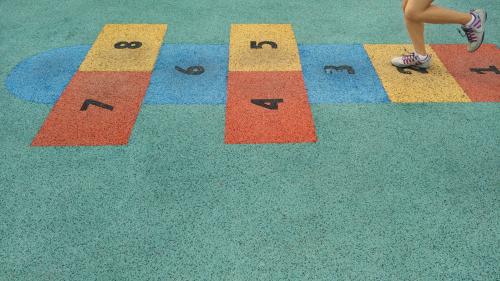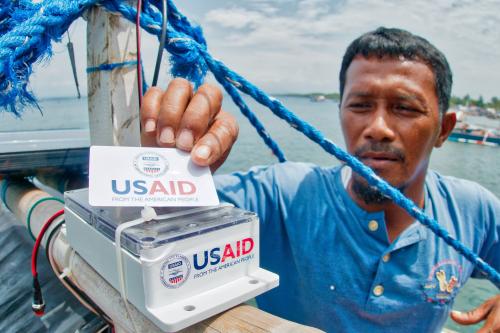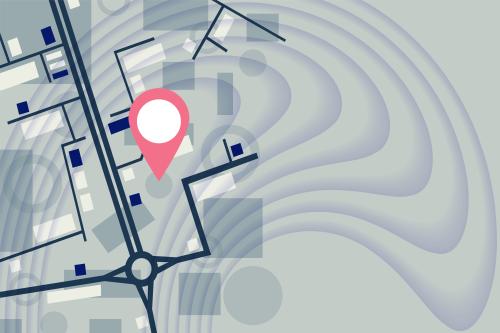The wide-ranging scope of the G-20’s work program is evident in their Progress Report, which summarizes the actions promised at the Washington and London Summits. There are 92 items, covering macroeconomic coordination, trade, international financial institution reform, and financial reforms.
Item 23 discusses giving poor countries with sustainable debt positions temporary access to non-concessional lending from the World Bank’s International Bank for Reconstruction and Development (IBRD). At first blush, item 23 might sound like a topic much too detailed for heads of state to discuss. But it isn’t. It’s central to helping poor countries get through this crisis.
A recent, somber report from the World Bank shows what happens when governments find their revenues squeezed, as now. They cut maintenance on roads. That leads directly to more unemployment and poverty, and later on, governments have to spend four times as much to rehabilitate the road. Education and health spending get cut. Young children die (the Bank claims 30 to 50 thousand additional infant deaths in 2009 as a result of the crisis), and for many more children, school drop-out, malnutrition and disease are likely. It’s a familiar story, which we’ve commented on before: high volatility of financing is very damaging to development.
Middle income countries don’t have this problem. The multilateral development banks and the IMF have pumped billions into these countries over the past 12 months. IBRD commitments in its 2009 fiscal year amounted to $32 billion, almost three times the level of 2008 and the IMF has lent middle-income countries a net $26 billion since the beginning of 2008. But in low-income countries, the increase has been pitifully small and does not come close to protecting core spending on infrastructure, social services and safety nets of $11.6 billion, which the World Bank thinks is needed.
In response, Bob Zoellick, President of the World Bank, and Dominique Strauss-Kahn, Managing Director of the IMF, along with many NGO heads, have called for more aid for poor countries.
If additional grants could be mobilized, it would be wonderful. But the latest OECD survey of aid donors noted there are no signs that major donors are ready to meet even their Gleneagles commitments, let alone add more to compensate countries for losses suffered during the crisis. Nor are the international financial institutions prepared to give more access to non-concessional lending to low-income countries. This is dressed up in lingo about fiscal space and the dangers of running into debt problems, but the message is stark. When it comes to development finance for low-income countries, it’s “aid or bust.”
The trouble is that this analysis of debt distress is deeply flawed. How is it possible that borrowing IBRD money, which is currently available for 30-year terms and at interest rates of around 0.85 percent per year (comprised of a spread of 17 basis points over 6-month LIBOR which was at 0.68 percent last week), could land a country in debt distress? After all, credits considered “aid” from the Bank’s concessional window are provided with a service fee of 0.75 percent per year!
Either the Bank thinks that spending will be wasted (in which case it should close itself down and stop talking about all the good development programs that are being damaged because of the crisis) or it must accept that borrowing IBRD money when interest rates are so low makes enormous sense for low-income countries. Surely the development benefits from spending today are large enough to compensate for the risk that interest rates might rise at some far-off point in the future?
The G-20 Progress Report shows a timid move in this direction. Under Item 23, the report notes, “To help tap the potential for commercially viable and fiscally attractive foreign exchange-earning projects in many IDA countries, the World Bank is developing an approach to expand the use of IBRD resources for specific projects in [poor] countries.” Unfortunately, the World Bank is still studying this idea 12 months into the crisis. And what about helping to tap the potential for human development and to save lives? Aren’t those worth paying 0.85 percent per year?
As long as interest rates are so low and crisis needs are so great, it’s time to make IBRD resources much more widely available to promote development.



Commentary
The 0.85 Percent Solution for Low-Income Countries
September 24, 2009